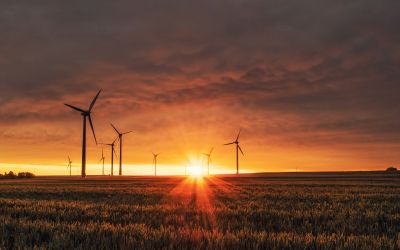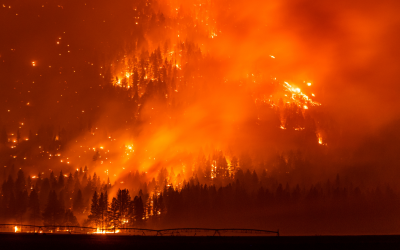State of Climate Action 2021 Report
The State of Climate Action 2021 identifies 40 indicators across key sectors that must transform to address the climate crisis and assesses how current trends align with what is needed by 2030 and 2050 to address climate change.

Combatting the climate crisis requires us to rapidly transform the systems that propel our economy, including power generation, buildings, industry, transport, land use, and agriculture—as well as scaling up carbon removal technologies. But by how much? And how can decision-makers unlock the transformational change that is required?
The State of Climate Action 2021, published as part of the Systems Change Lab, answers these fundamental questions. The report – a joint effort among the High-Level Climate Champions, Climate Action Tracker, ClimateWorks Foundation, the Bezos Earth Fund, and World Resources Institute – identifies 40 indicators across key sectors that must transform to address the climate crisis and assesses how current trends align with what is needed by 2030 and 2050 to address climate change. It also outlines the required shifts in supportive policies, innovations, strong institutions, leadership and social norms to unlock change.
The report highlights a number of very encouraging examples of progress. For example, wind and solar power have experienced exponential growth over the past two decades, and sales of electric vehicles have also increased rapidly since 2015. Time and time again, the exponential growth of such innovations have outpaced analysts’ projections.
Yet the hard truth is that despite these bright spots, none of the 40 indicators we assessed are making enough progress for the world to cut greenhouse gas emissions in half by 2030 and fully decarbonize by mid-century, which are both necessary to limit global temperature rise to 1.5°C. For example, to get on track for the emission cuts and carbon removal required by 2030 the world needs to:
- Phase out unabated coal in electricity generation five times faster;
- Accelerate the increase in annual gross tree cover gain three times faster;
- Increase the share of low-emission fuels twelve times faster; and
- Restore coastal wetlands nearly three times faster.
Such rapid transformations will require significant financial investments, technology transfer and capacity-building, especially for developing countries. While climate finance continues to increase, it too has been far from sufficient: the report finds that climate finance needs to increase thirteen times faster to meet the estimated $5 trillion needed annually by 2030. The good news is that the economic and social dividends from taking bold climate action are enormous.
As we head into COP26, the State of Climate Action 2021 arms countries, businesses, philanthropy and others with a clear-eyed view on the state of systems transformation for climate action and what supportive measures leaders can adopt to get us there.



_400_250_s_c1.png)


